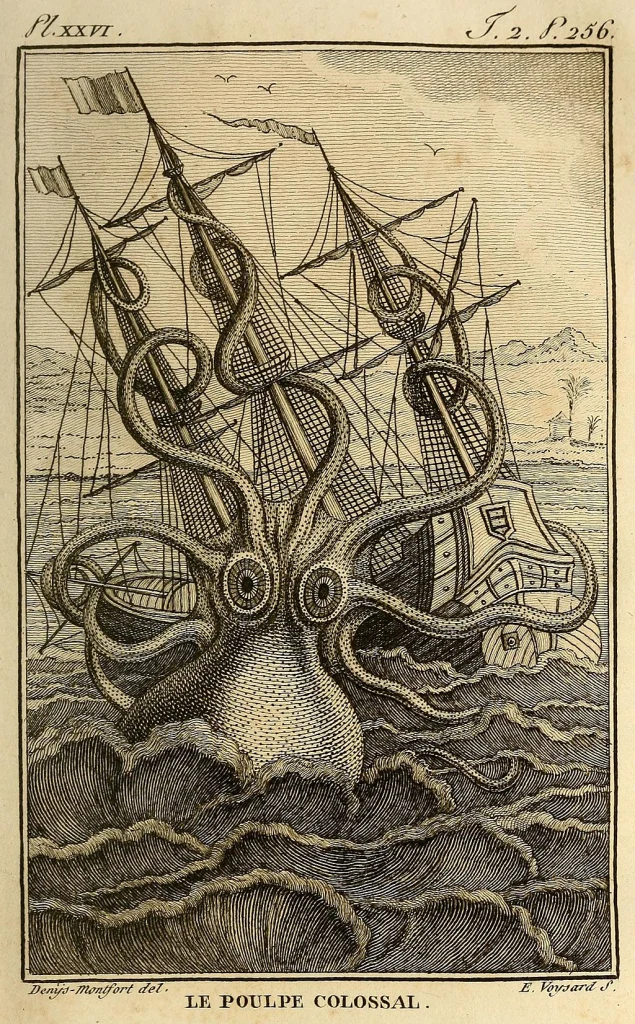I love that Chants of Sennaar is on the ballot for ‘Best Game or Interactive Work’ for the 2024 Hugo Awards. I was already playing through this game, and was likely to post about it (because it’s great!) but now I just have even more of a reason.
Not that I need a reason (after all isn’t that the whole point of this blog?) . . .
Anyway, Chants of Sennaar is a striking, almost compulsive, experience for many reasons, but I think what stands out immediately is its art style. I’ll be the first to admit that art, and art history are not really my strong suits in terms of knowledge base, and I was initially at a loss for words (ironic in a game about communication) for how to approach the description of this game’s utterly incredible art direction.
Luckily, art director Julien Moya is already talking about this over at GameDeveloper.com. In Deep Dive: The Visual Tapestry of Chants of Sennaar, he says:
“We drew a lot of inspiration from diverse building styles such as brutalist, Indian, sub-Saharan, industrial, and art-deco; we’ve also been researching the history of sculptors like Thierry Urbain and comic designer François Schuiten.”
and
“. . . we took guidance from Franco-Belgian comics masters like Mœbius, François Schuiten and Philippe Druillet. We immersed ourselves in their work, and learned how to play with radical colors, while the iconic “clear line” style of Franco-Belgian comics allowed us to emphasize simple shapes and vivid hues within a rich and familiar whole.”
Really I think we can just let the game speak for itself:

Perhaps unsurprisingly, the second element of the game which stands out is the gameplay itself in which you slowly become more fluent in five different made-up languages by solving puzzles and interacting with NPCs on each of the different levels of a giant tower (Rundisc was inspired by the myth of Babel, and while there doesn’t seem to be any connection other than the original myth, I think fans of the Books of Babel series by Josiah Bancroft will definitely love this game).
Some of these puzzles are quite difficult, but luckily you do not need to solve every single one to progress through the game or enjoy playing. I felt this was an important choice on the part of the designers, and one that makes the game more fun and inclusive. I’m a bit of a completionist, and so I went back and tried to solve everything, but I think if this had been forced on me, the game would have quickly become frustrating. As it is, you sort of make your own journey through the tower, solving what you can or want to, and leaving the rest.
As you ascend, a story begins to take shape, and the ultimate goal of the game, to unite the different cultures of the tower, becomes more clear. It is quite compulsory, with each new success hinting at the next piece of story, and making the next puzzle just a tad easier to solve.
It’s obvious a ton of worldbuilding went into creating each of the five levels of the game. Normally, I love to try and work out as much of the inspiration and allusions to real world cultures as I can, but Chants of Sennaar‘s pedigree in this respect is quite long and varied. I again have a quote from Julien Moya which lists some of the influences for the languages:
“Drawing from a wide range of graphic and semantic systems, including Phoenician, Kufic, Sanskrit, Futhark, Korean Hangeul, or Cistercian numbers”

I know essentially nothing about any of these cultures and so I won’t attempt to deconstruct any of its uses here, but if you’re curious it seems like some play-throughs (watch video 1, 2, 3, & 4) on the Save Ancient Studies Twitch channel might answer some of those questions for you (I haven’t watched them yet but am hopeful to do so someday).
Finally, the last part of the game which I enjoyed was its message which seems woven into nearly every part of the game. Again, from Moya:
“It highlights the transformative power of communication, open-mindedness, and embracing diversity.”
I would be hard pressed to think of a theme more relevant to today’s world.
Should It Win the Hugo Award?
In my opinion, absolutely. This is without a doubt one of the best games I’ve played in recent memory. The only game I can compare it to is Heaven’s Vault (which Rundisc said was an inspiration), which I’ve not yet reviewed on this blog, but IS one of my all-time favorite games.
What sets this game apart from basically everything else available, is its beautiful art direction, compelling puzzle based gameplay, and a compulsory narrative which is revealed to players slowly through their own ingenuity and puzzle solving ability.
Finally, why I think the game is important as a Hugo contender, is because of its themes surrounding diversity, inclusion, and communication.
I kind of suspect Baldur’s Gate 3 will win the award because it seems to be winning everything right now, but I sincerely hope that Chants of Sennar wins instead!
That’s all I have for now. How’d I do? Are you looking forward to playing Chants of Sennar? Which culture is your favorite? Let me know in the comments.
See you next time!





